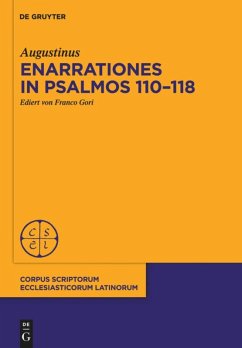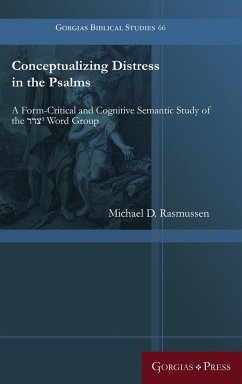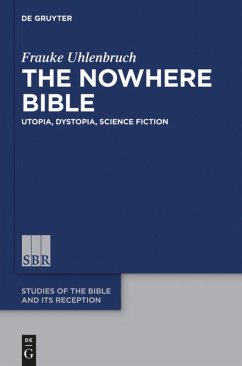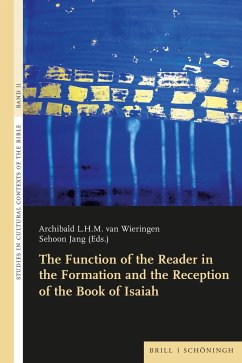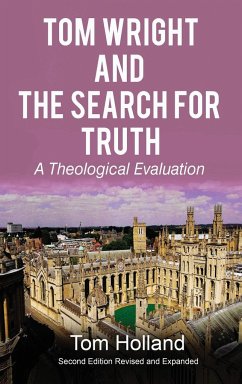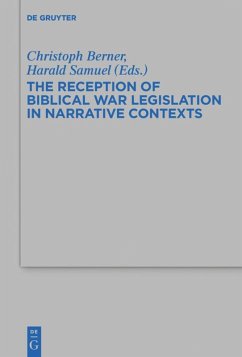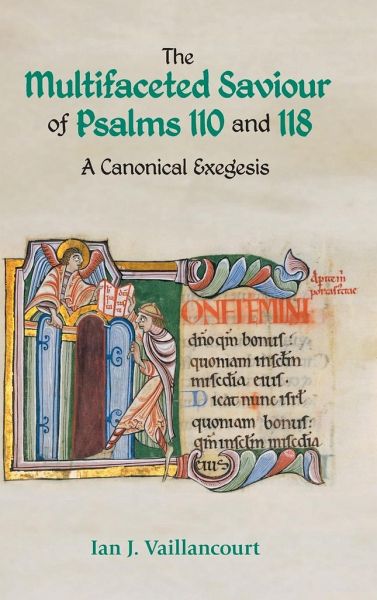
The Multifaceted Saviour of Psalms 110 and 118
A Canonical Exegesis
Versandkostenfrei!
Versandfertig in 1-2 Wochen
65,99 €
inkl. MwSt.

PAYBACK Punkte
33 °P sammeln!
Since Gerald H. Wilson's landmark work, The Editing of the Hebrew Psalter (1985), scholars have been divided on how to interpret the appearances of the king in Book V (Psalms 107–150). Many have agreed with Wilson in seeing a disjunction between Psalms 1–89 and 90–150, with Psalm 89 representing the apparent failure of the Davidic covenant, and signalling its replacement by a hope in the direct intervention of Yhwh without a role for a Davidic king. Although others have countered that Book V marks a return of the king, with references to David pointing to renewed hope in the Davidic cove...
Since Gerald H. Wilson's landmark work, The Editing of the Hebrew Psalter (1985), scholars have been divided on how to interpret the appearances of the king in Book V (Psalms 107–150). Many have agreed with Wilson in seeing a disjunction between Psalms 1–89 and 90–150, with Psalm 89 representing the apparent failure of the Davidic covenant, and signalling its replacement by a hope in the direct intervention of Yhwh without a role for a Davidic king. Although others have countered that Book V marks a return of the king, with references to David pointing to renewed hope in the Davidic covenant, in both cases scholars have interacted with the question as it was framed by Wilson. Vaillancourt moves the discussion forward by broadening the question to the portrayal of the figure of salvation in Book V of the Psalms, and by narrowing the scope to detailed canonical exegesis on two of its most salient psalms. Canonical exegesis of Psalm 110 displays a cosmic king at the right hand of Yhwh, who has a willing army at his disposal, who will mediate as priest between his people and Yhwh, and who will also accomplish a definitive victory for the people of God. Canonical exegesis of Psalm 118 displays a suffering and conquering king who leads the victory procession from the battle-¿eld, one whose role resonates with a prophetic ¿gure like Moses (cf. Deut. 18.18), as he echoes the songs of the ¿rst (Exod. 15) and of a second exodus (Isa. 12) in his responsive song of thanks (vv. 19–28). In the ¿nal form of the book of Psalms, the Saviour figure in these psalms emerges as an eschatological ¿gure of salvation who encompasses many hoped-for figures from across the Old Testament in one person, the one who will achieved full-scale deliverance for the people of God.



